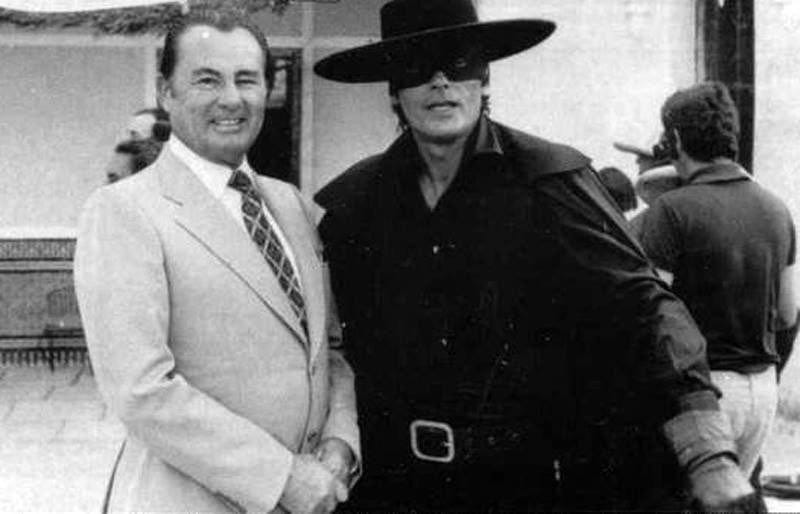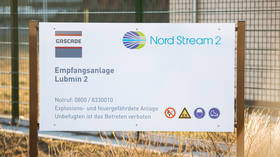The Indo-European Tradition among the Celts
by Jean Haudry

Jean Haudry opens the door to a world where ancient Celtic traditions still breathe with life, revealing the vibrant presence of tribal and heroic societies within the Indo-European heritage.
With the Celts, we directly enter the last two periods of the Indo-European tradition without any previous reconstruction: the tribal societies with their four circles and three functions, which characterize the Celtic kingdoms of the historical period, and the heroic society that corresponds to the Fianna. Everything that is considered mythical past in the Greco-Roman world is still alive here.
The old Irish society, as revealed by middle Irish texts, is based on the tribe, tuath, governed by a king, rí. The formula of the Irish heroes’ oath, “I swear the oath my tribe swears,” illustrates the importance of this belonging. The societal development led to the creation of higher units and thus to a hierarchy of kings: there are “high kings,” “kings of high kings,” and above them, the King of Ireland. An assembly is attached to each of these levels.
Below the tribe, there is the four-generation family, dearbfhine, which replaces both the kin village and the family of the earlier society; the actual line, fine, is reserved for noble families, as elsewhere.
The society comprises three castes: the druids, the nobles, and free men. This institutionalization of the triadic function, found only in the Indo-Iranian world, can be viewed either as a common preservation and thus as archaism or as a parallel and independent development due to geographic distance. As in the Indo-Iranian world, slaves, usually prisoners of war, are not part of the society.
This organization served as a model for the class society of the medieval West: the Germanic society from which it emerged had no priestly caste and therefore could not accommodate the Christian clergy.
Thus, medieval Irish society is closer to the Vedic society of the second millennium than to the Greek city or certainly the Roman Republic or the Roman Empire. Its institutions and customs confirm this archaism. The king is subject to various taboos (geis), whose violation brings public disaster; the same applies to his duty of “truth,” that is, primarily justice.
The magical practice of truth-telling and the fasting of creditors are also archaic. The various forms of marriage are partly similar to those of Indian law. Praise and blame are the essential mechanisms of this society, where honor is regarded as a central value. It is a purely rural society where the city is unknown. The same applies to money: all payments are made with livestock.
At the edge of this society exists an institutionalized counter-society reflecting the ideals, values, and behaviors of the heroic society: the Fían, a group of young warriors, the Fianna, who, although of noble origin, live outside society like the Indian Vrātyas and the Scandinavian Berserkers. When they join the Fían, they leave their family lineage.
As an old etymology of their name, ‘fíanna a venatione,’ shows, they live by hunting and various forms of raiding. Marie-Louise Sjoestedt has defined them as follows:
The Fianna are companies of hunting warriors living semi-nomadically under their own leaders’ authority; they are believed to spend the hunting and war season (from Beltine to Samain) roaming the forests of Ireland, hunting game or leading a guerrilla life; in later accounts, they are described as the defenders of the country against foreign invaders, but this seems to be a secondary development of the cycle. During the bad season (from Samain to Beltine), they mainly live off the land, stationed among the inhabitants. They do not obey royal power, with which their leaders frequently come into conflict.
This conflict with the authorities of the lineage society is typical of the heroic society. It is accompanied by internal conflicts within the Fianna clans, for which there are numerous examples in the Finn Cycle.
In Gaul, the tribal society of natural communities is also internally challenged by elective solidarities, as Caesar observed (The Gallic War, 6,11):
In Gaul, not only all cities, cantons, and parts of cantons but almost all families are divided into rival factions; at the head of these factions are the men most trusted; it is their duty to judge all matters and make all decisions. This is a very old institution, apparently designed to protect each common man from more powerful ones: the leader of a faction defends his followers against violent or deceitful attacks, and if he acts otherwise, he loses all trust. This system governs all of Gaul: all peoples are organized into two factions.
It is unnecessary to mention that Caesar took decisive advantage of this situation. Here it is evident that the realities of the heroic society of the Bronze Age coexist with those of the tribal society, which dates back to the Neolithic.
Now, paradoxically, almost nothing of the traditional formula is preserved in the texts, and the triad of functions is missing from the narratives and especially in the mythology. The lack of form cannot be explained by the oral tradition, which was as important to the druids as to their Indian and Iranian colleagues, as a multitude of legends have been handed down in this way. The essential reason for this is that these stories are in prose; poetry, the preferred domain of form, appears only sporadically.
The absence of the three functions, surprising in a trifunctional society, can be explained by the fact that the narratives mostly draw on traditions that go back to the earliest times, the time of “cosmic religion” and the circumpolar habitat, whose memory Ireland preserves with its “Islands in the North of the World,” where the “Tribes of the Goddess Dana,” that is, the gods of the Irish pantheon, “learned druidism, science, prophecy, and magic until they were proficient in the arts of pagan science.”
This is a direct confirmation of the polar origin of the oldest Indo-European tradition. A good example is the concept of the “hero,” as summarized by Philippe Jouët in his yet-to-be-published Dictionary of Celtic Mythology:
The Celtic cultures can thus be attributed a heroization doctrine that goes back to a prehistoric concept where actual survival depended on the ability to endure winter. Translated into metaphors, this concept led to myths and doctrines. By his ability to master the hostile darkness, the hero gains a usually insular, sometimes underground place, if black earth is synonymous with darkness, where he receives the signs of his promotion: solar enlightenment, favor of the auroras, treasures, “fruits of summer” discovered in mid-November, glory, and honor. The old Celtic schema of the advance into the Síd, the world of enchanted lands, gains significance in this perspective. Thus, the most archaic metaphors, images, mythological and epic scenarios of the Celtic tradition can be explained.
Such a “hero” has little in common with the one from the heroic society, but illustrates the formal connection between his Greek name heros and that of the goddess Hera, “Beautiful Season.”
(translated by Constantin von Hoffmeister)




